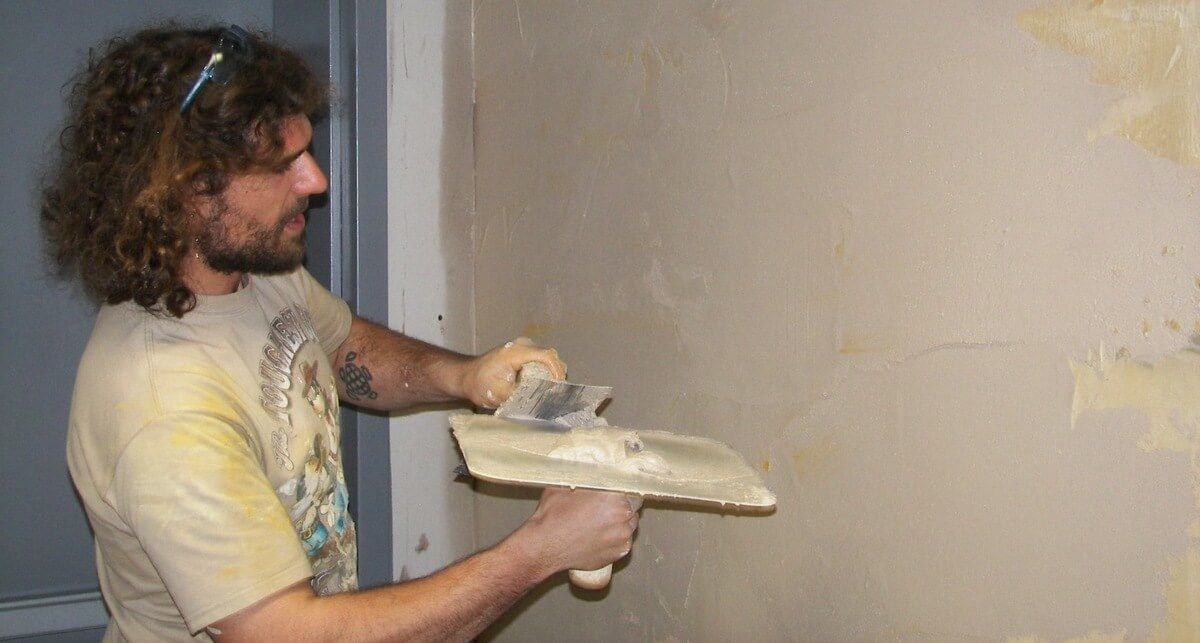

Remember also to fill any holes in plaster ahead of starting this project for an even smoother finish. The correct ratio according to Dulux is 'Three parts paint to one part water should work' and if you want a (slightly) less messy job, you can cheat with Dulux Sealer for Plaster (opens in new tab).

The mist coat paint step once the freshly plastered wall is completely dry, is essential, as this acts as a primer. And allow the first coat to dry thoroughly (overnight if you are unsure) before adding a second coat. This will stop you getting any paint on your beloved decorating dungarees.Ĭut in paint around the corners of the wall using a brush and fill the rest of the wall using a roller. If you are left handed, work in the opposite direction. If you are right handed, start in the top left hand corner of a wall and work to the right. Once dry, you can start applying top coats.

Allow the mist coat to dryĪ mist coat will take around 24 hours to dry, but this will depend on the conditions in the room. Top tip: When applying your mist layer to fresh plaster, keep an eye out for any drips, rolling over them before they dry. Use a smaller paint brush to get into any corners or areas that cannot be reached with the roller. Roll it over the plaster in smooth, upward motions until you have covered the whole surface. Pour the mist coat into a paint tray then roll an even amount on to a foam roller. Fix masking tape along the skirting/baseboards and any trim to protect them, and cover light switches or sockets and windows. Prime with a mist coatĪpplying the first coat of mist paint can be a messy job as the paint will be thin and runny, so make sure you have put down dust sheets and covered any furniture. Top tip: If you have lots of rooms to paint, a big batch of white trade emulsion will see you through several rooms worth of mist coat. Fresh plaster needs to be able to breath underneath the paint to allow any moisture to escape, so make sure to use a non-vinyl water-based paint. Stir the solution until you have an even consistency with no water sitting on top of the paint. The ratios for this will vary according to the paint you are using, so check what it says on your paint tin – but around three parts paint to one part water should suffice. To make a mist coat, combine a cheaper emulsion paint in a similar color to your top coat with water. This is why you need to water down your first paint layer (known as a mist coat). Make a mist coatįresh plaster is extremely porous, and any moisture will be quickly absorbed into the wall. Newly built or altered rooms also take a while to settle, so waiting will mean you can fill any cracks that form as a result, before you paint.


 0 kommentar(er)
0 kommentar(er)
